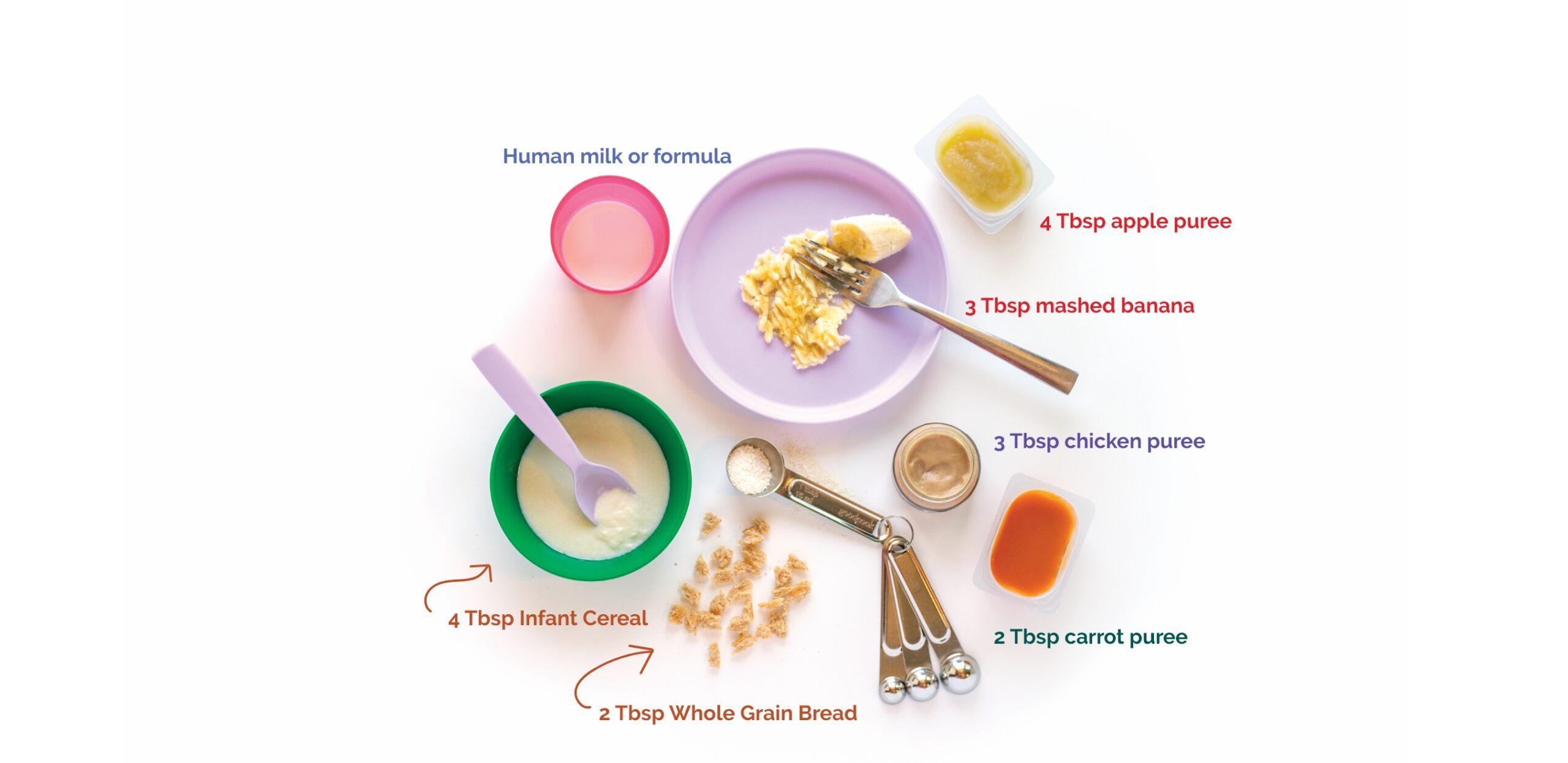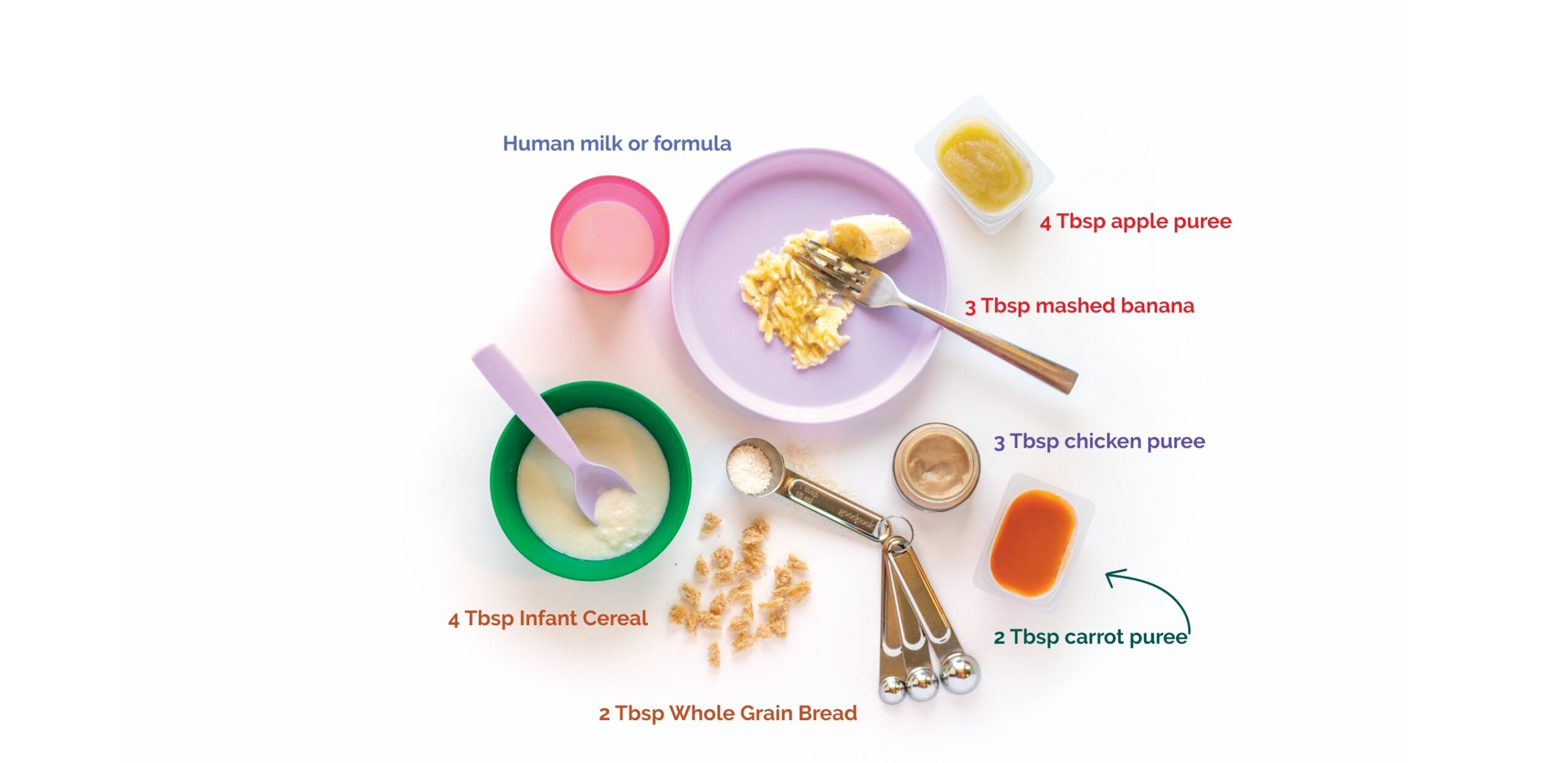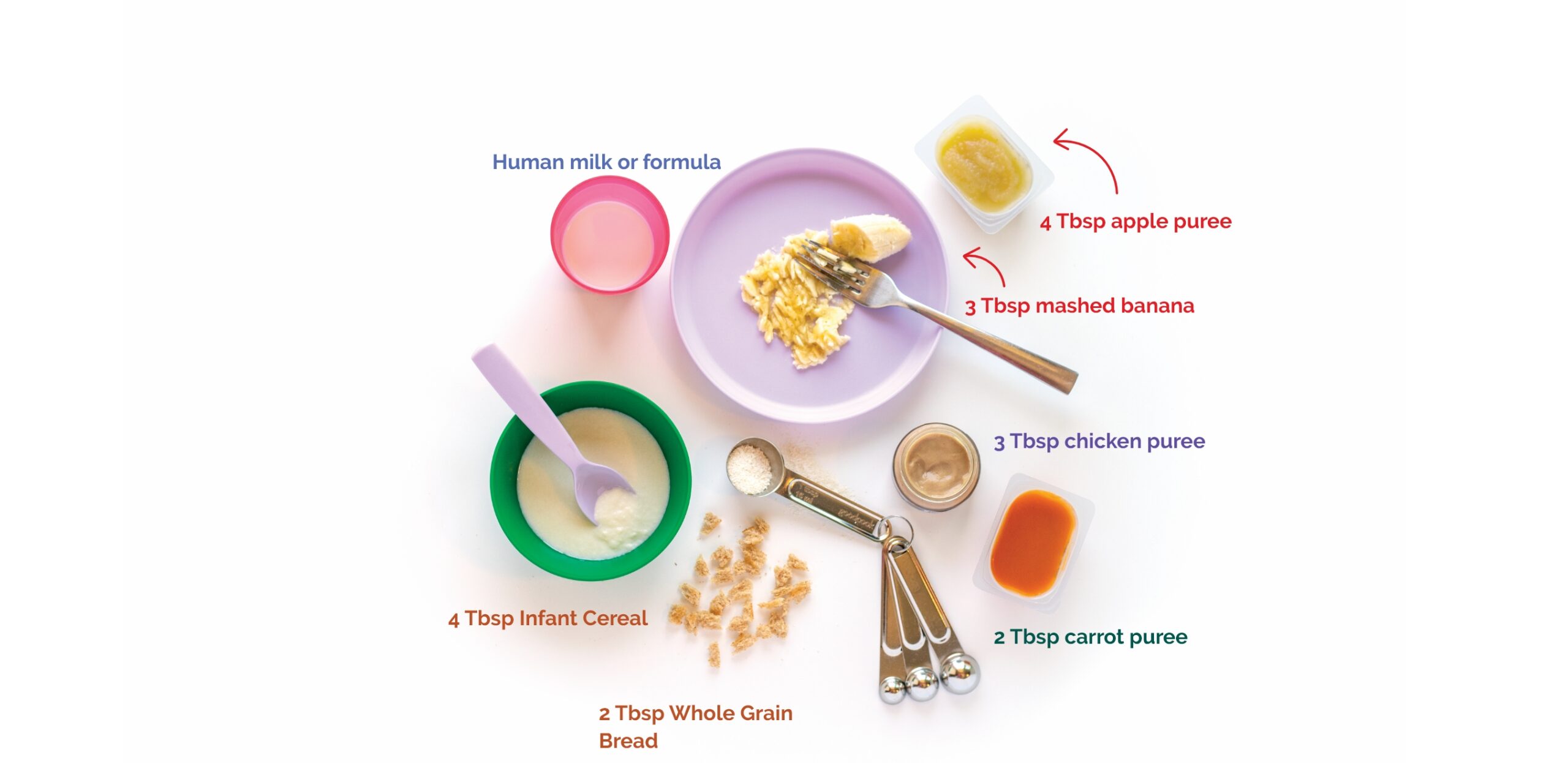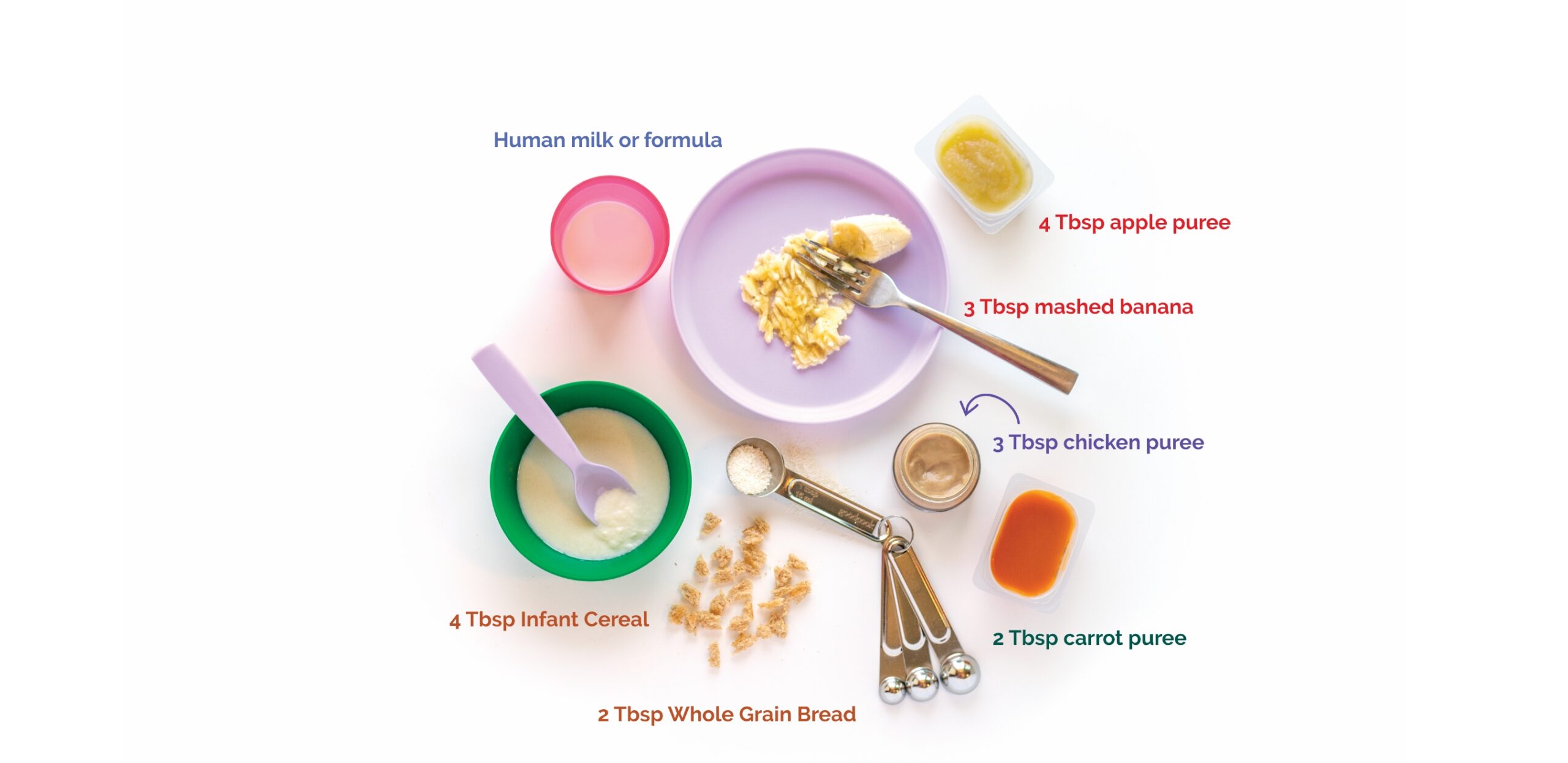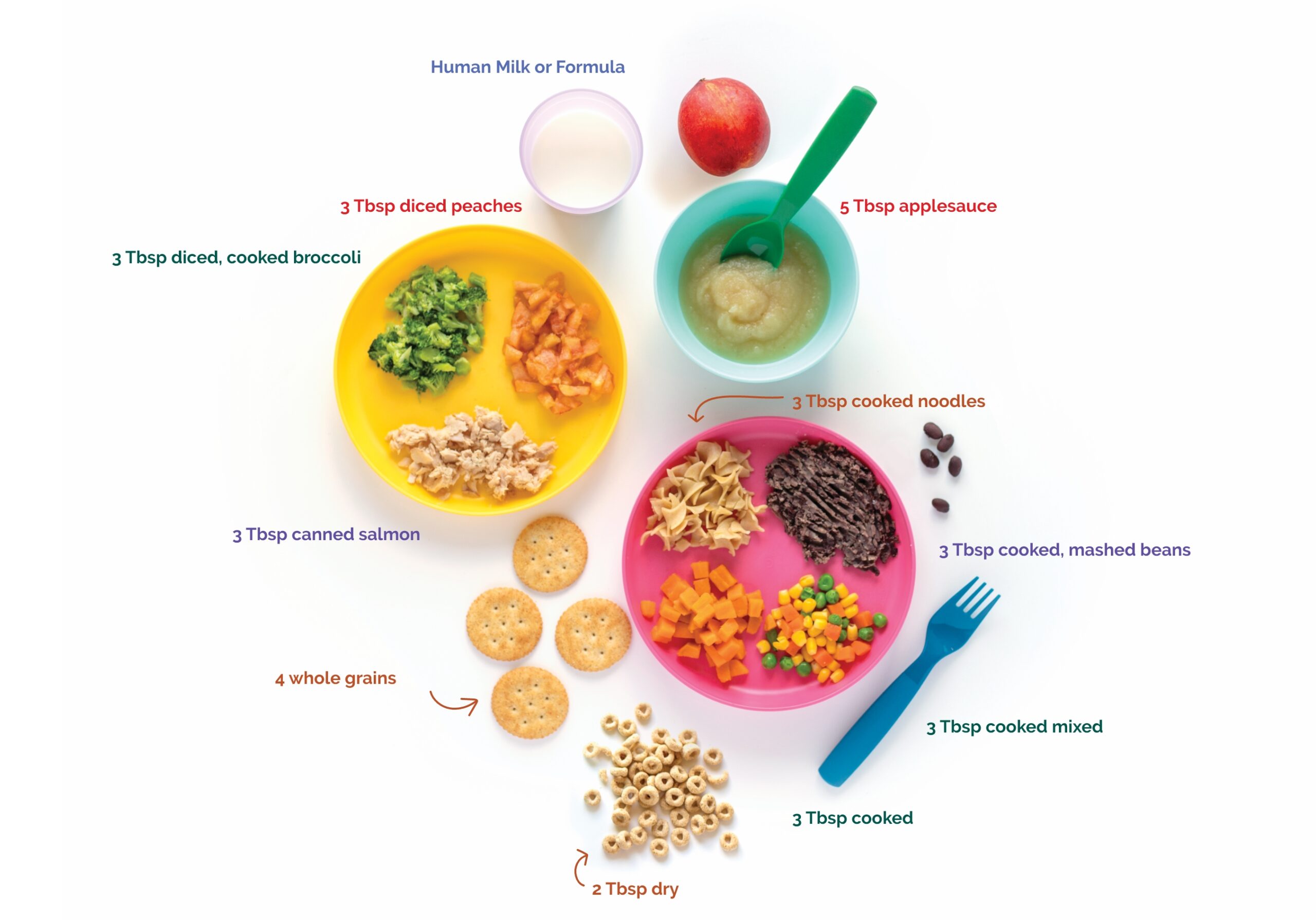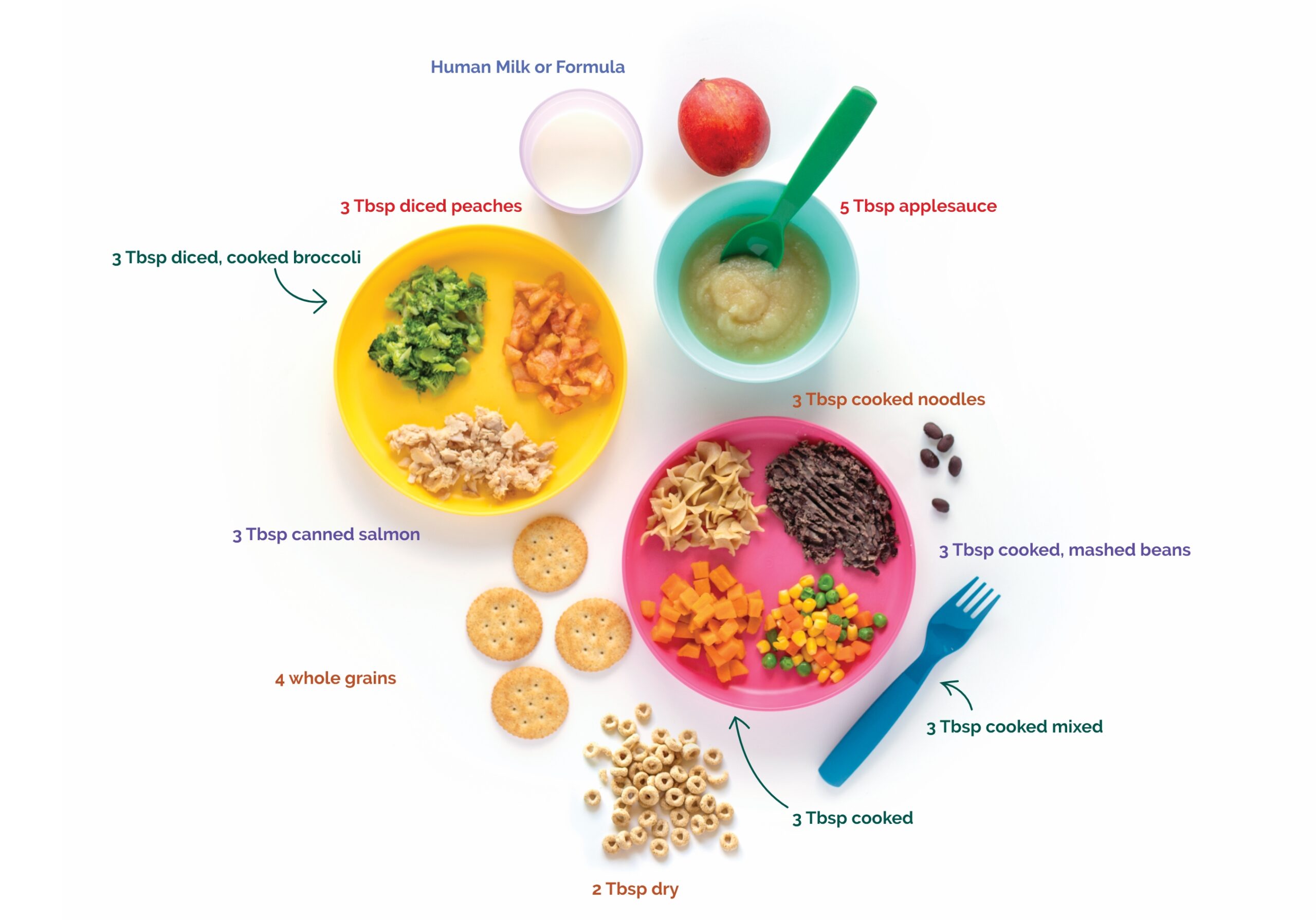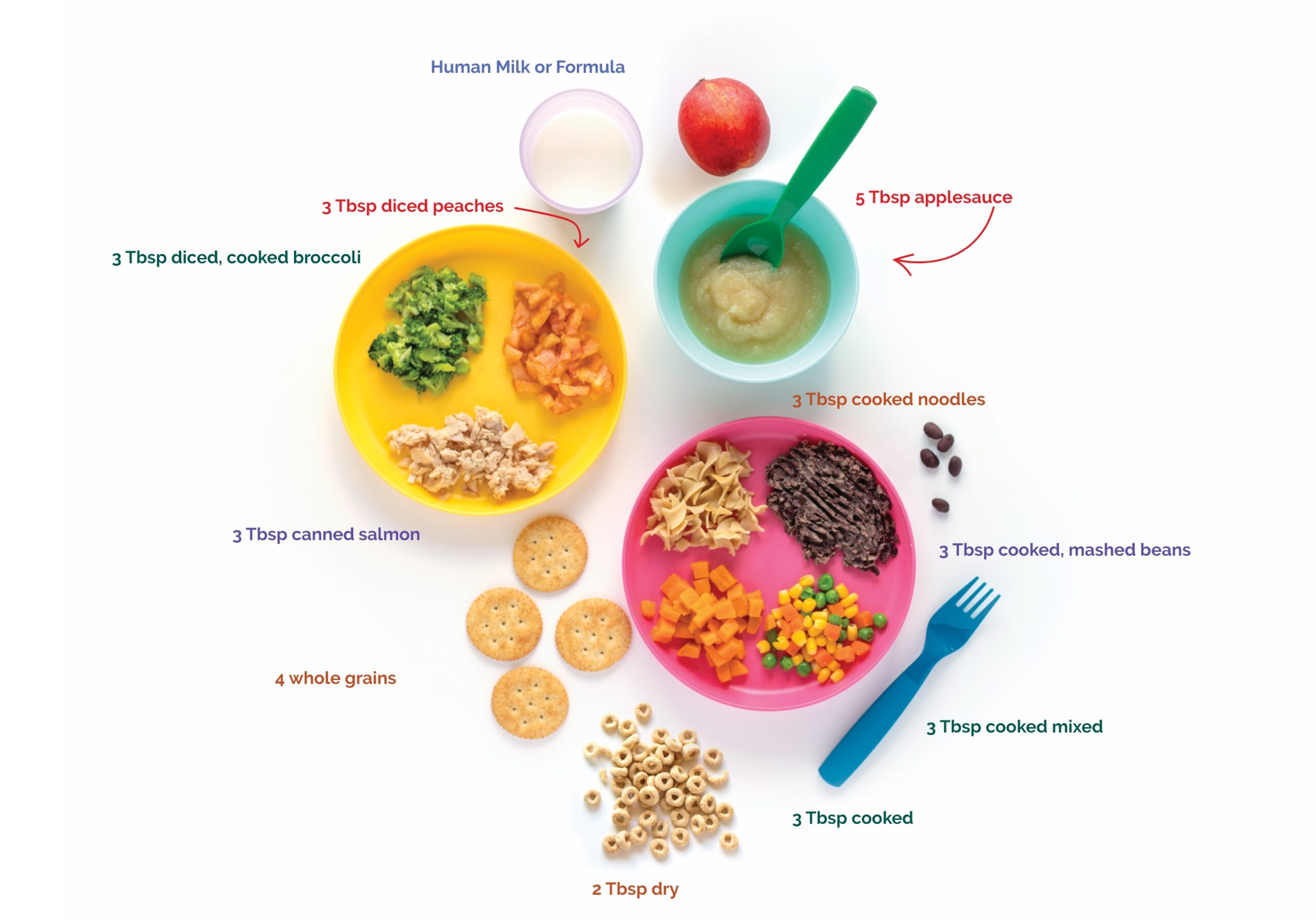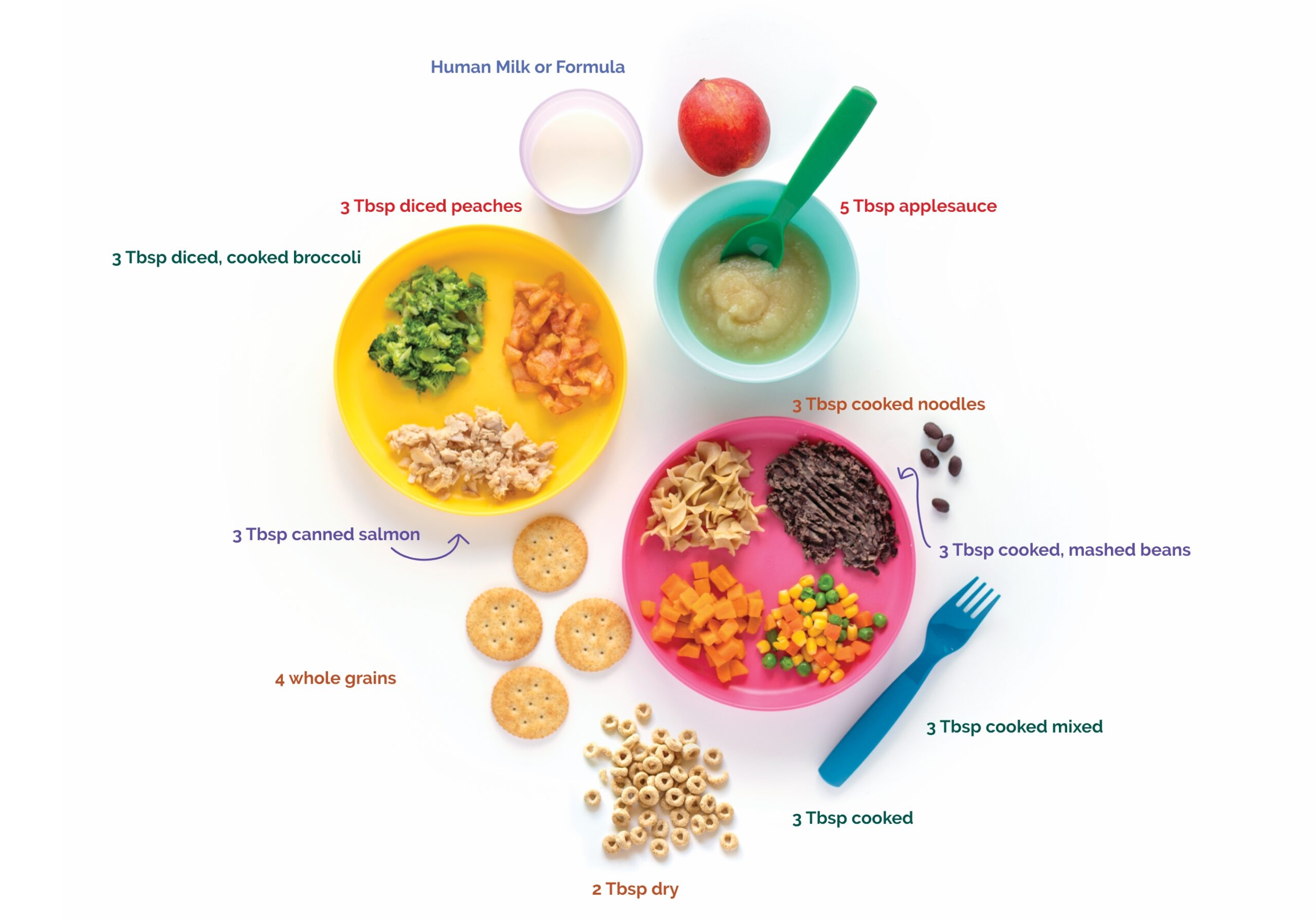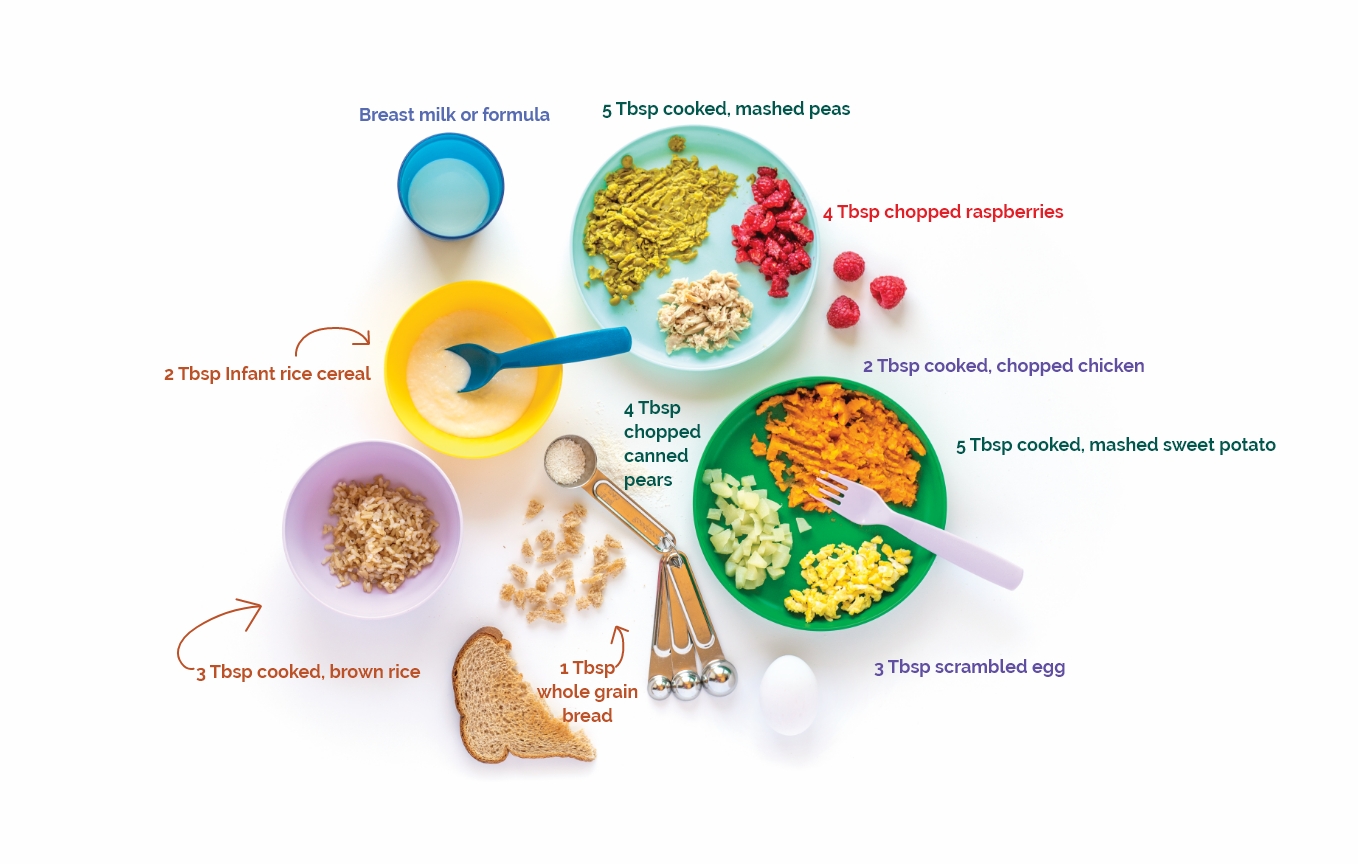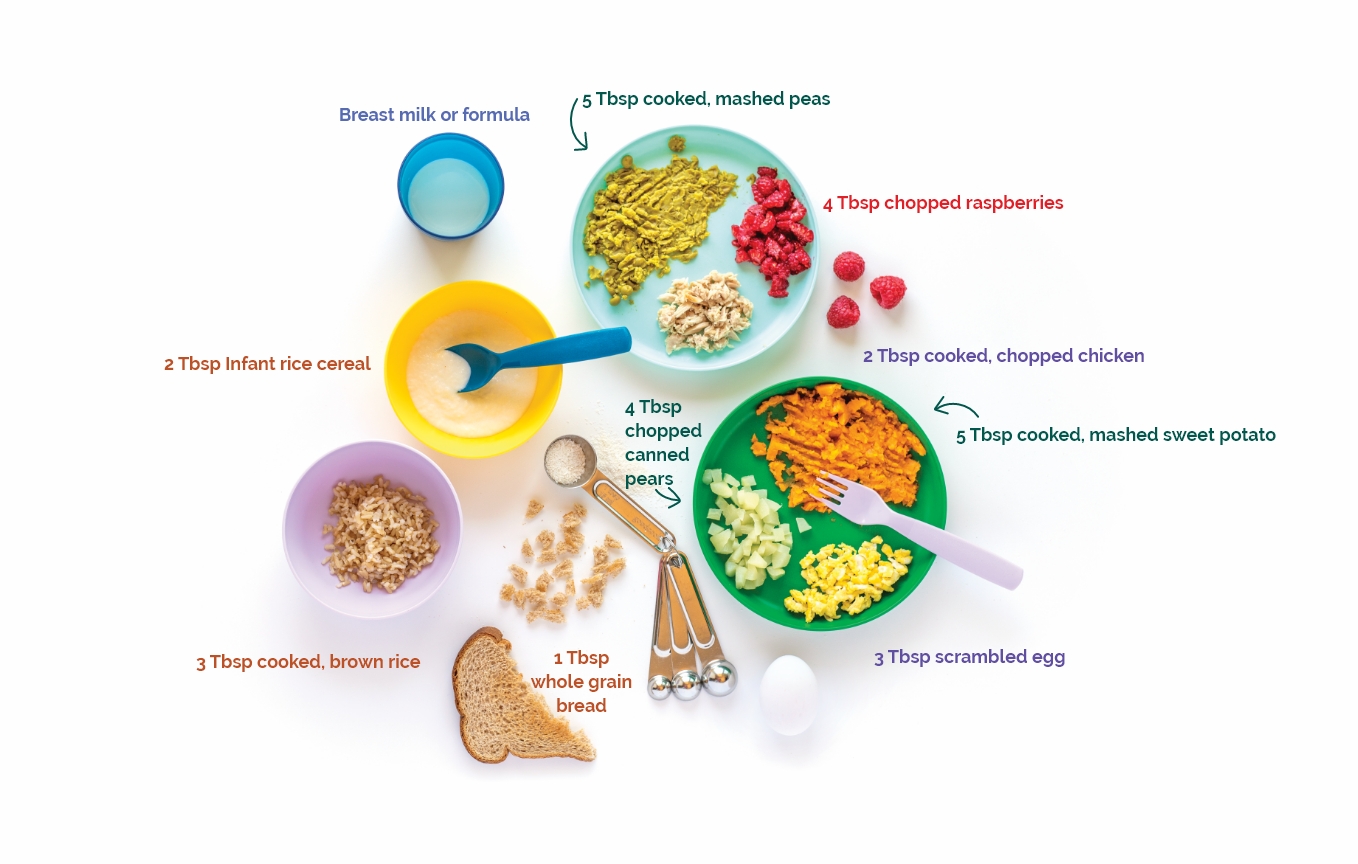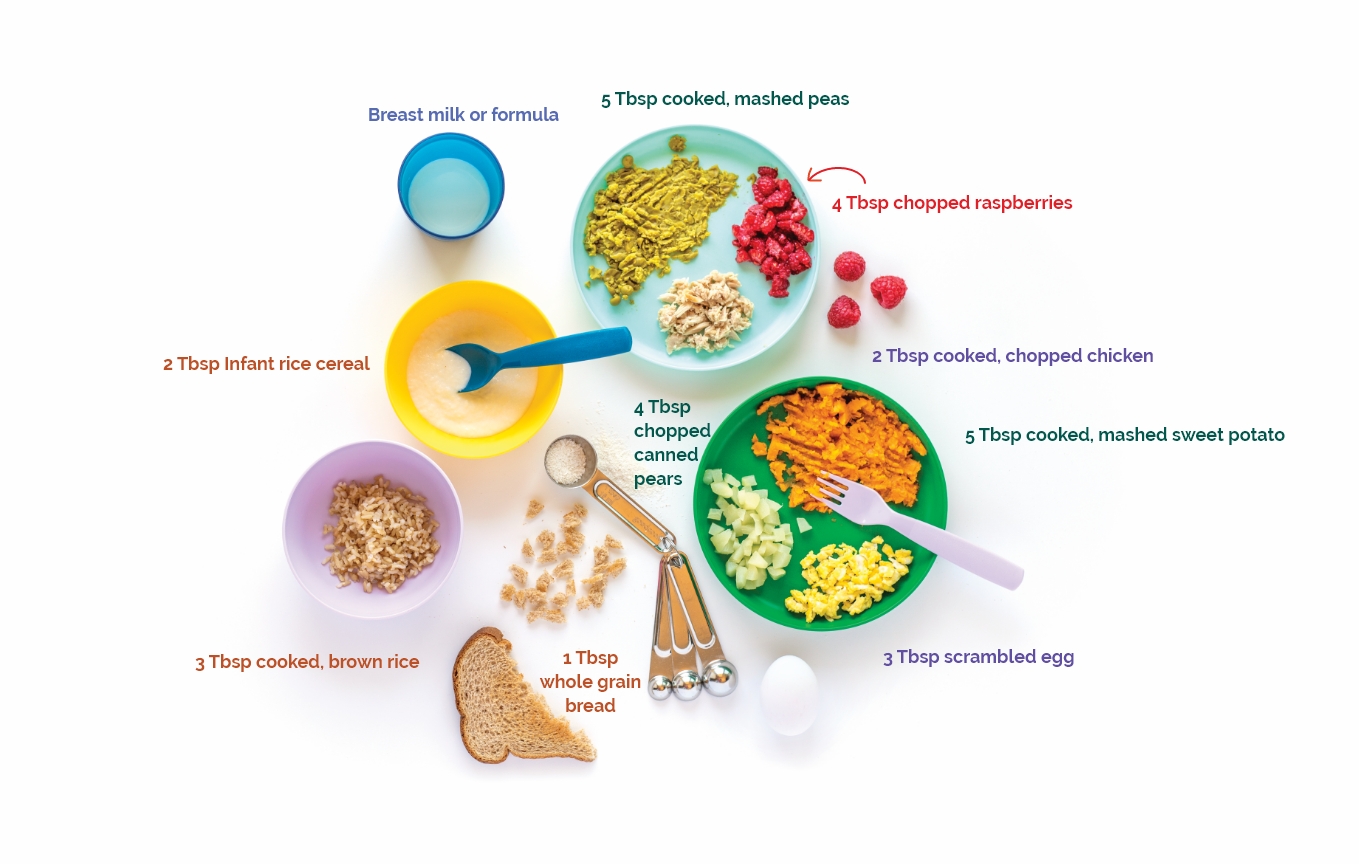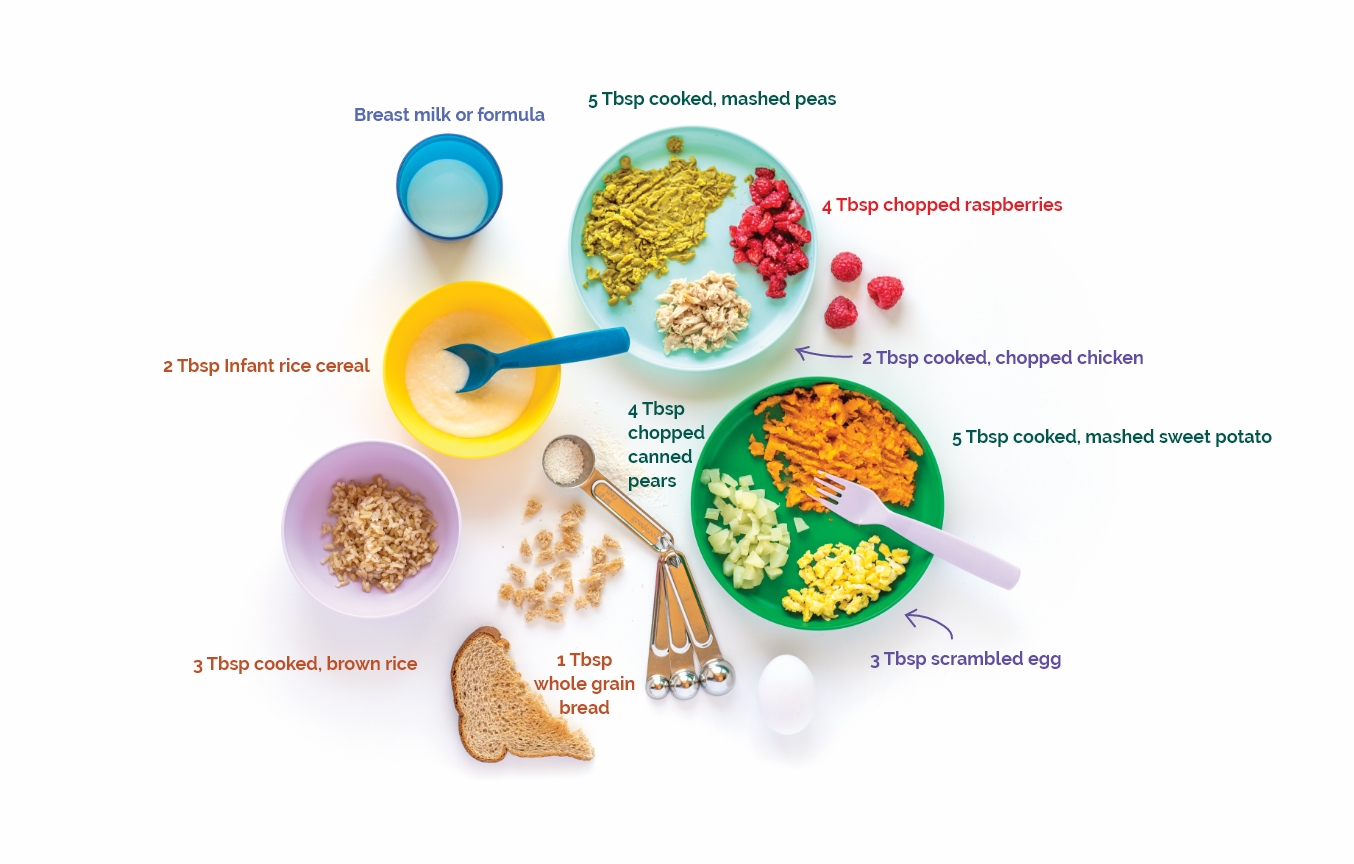How Your
Milk Is Made
Your baby helps you make milk by suckling and removing milk from your breast.
The more milk
your baby drinks, the more milk your body will make. Knowing how your milk is made can help you better understand the
breastfeeding process.
The breast is made up of several parts:
Areola: The area of darker-colored skin on the breast around the nipple
Nipple: The small, raised area in the center of the areola
Alveoli: Small, grapelike sacs
Lobule: A cluster of alveoli
Milk Ducts: Tubes that carry milk to the nipple
Lobes: The parts of the breast that make milk; each lobe contains alveoli and milk ducts
The act of breastfeeding – your baby suckling at your breast – signals the brain to release hormones. These hormones are called prolactin and oxytocin. Prolactin causes your alveoli to make breastmilk. Oxytocin causes small muscles around the alveoli to squeeze milk out through the milk ducts
This passing of the milk down the ducts is called the “let-down” reflex.
Let-down is experienced in many ways including:
- Your infant begins to actively suck and swallow
- Milk may drip from your other breast
- You may feel a tingling or a full sensation in your breasts
- You may feel thirsty
The let-down reflex may also occur when:
- Thinking about your baby
- Hearing your baby cry
- Hearing another baby cry
- It is your scheduled nursing time

The release of prolactin and oxytocin may make you feel a strong sense of needing to be with your baby.
